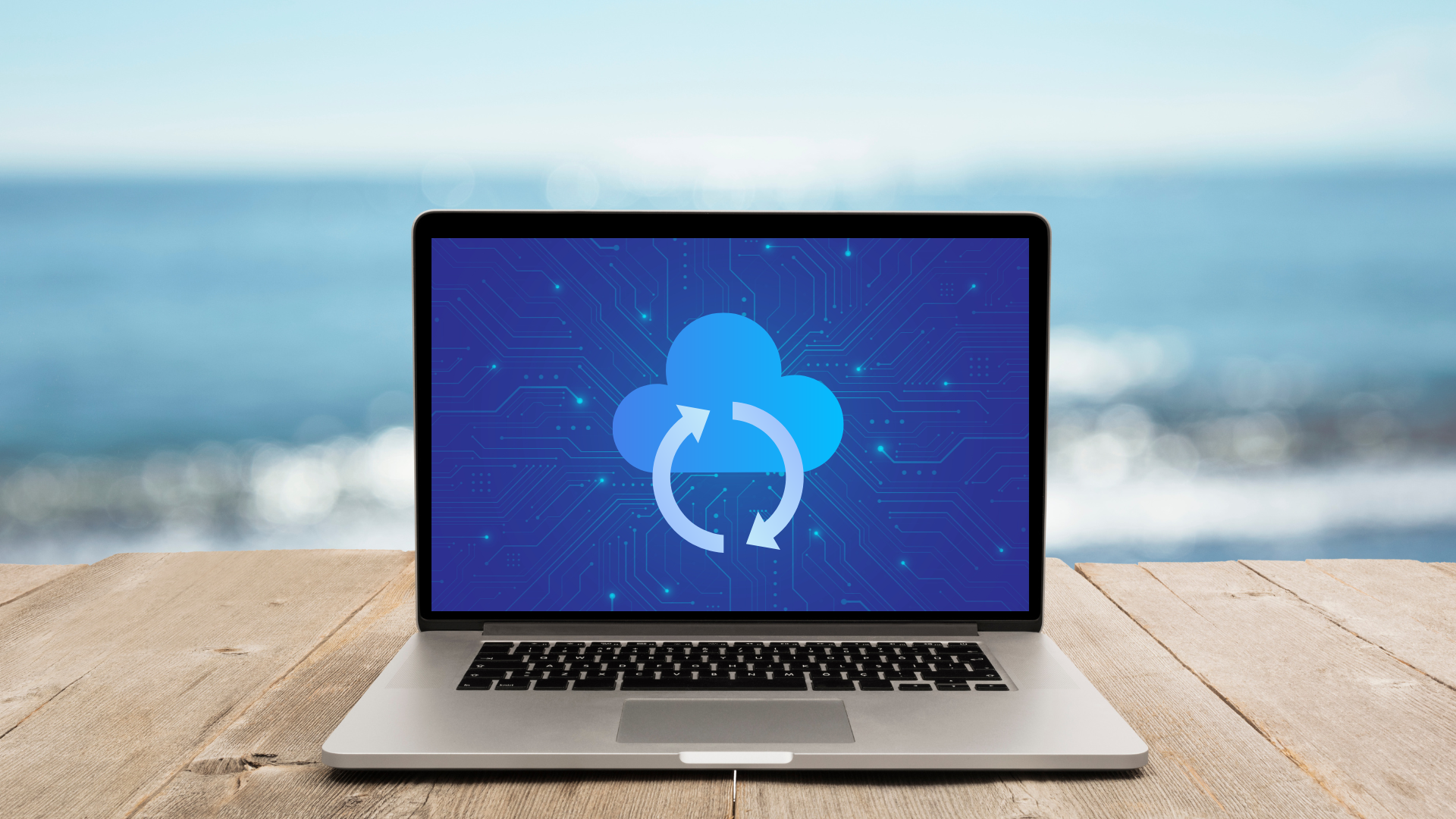Big data has been the buzzword of the internet since about 2012. But, if truth be told, it’s time that we all got over that cynicism.Big data is more than just a buzzword – it’s now a common term (indeed, it’s no longer necessary to capitalize the words ‘Big Data’ – IT has become commoditized enough that ‘big data’ will do just fine).But, grammatical trends aside, the fact remains that big data is all around us. It’s everywhere, in every comment we make on social, in every order we take at work, and in every email we send – plus a whole lot more.
Yes, big data is omnipresent in the modern world, and, as is its nature, it’s getting bigger all the time.
What Is Big Data?
A fair question. Just like ‘The Cloud’ (which, incidentally, has also been shorn of its capital letter grandiosities in common texts – it’s just ‘the cloud’ now), there seems to be a misconception that big data is something mystical, magical, and indeed esoteric as something only IT teams and computer geeks can possibly understand.
This is not true in either case, of course. The cloud simply refers to huge sets of servers that live in warehouses. That’s all the cloud is in reality.
And as for big data – well, the term simply refers to lots and lots and lots and lots and lots and lots of data. That’s IT in a nutshell. It’s just data, but referenced in ‘big’ amounts.
How Can SMEs Make Use Of Big Data?
To be fair, although the concept of both the cloud and big data can be understood in simple terms, when IT comes to actually making the best use of them, then both can very quickly start to become rather complex.
Up until relatively recently, big data was the sole reserve of the large corporation – and this indeed is largely down to its complexity. As mentioned, big data simply refers to lots and lots of data. Reams of it. Mountains, waterfalls, oceans, icecaps.
Whilst acquiring and collecting this data is a relatively simple task, making sense of IT all is not, and, historically, only very few people – known as data scientists –with very particular skills could interpret big data to turn IT into useful and actionable marketing information.
These fancy people with their much coveted unique and fancy skills could of course command some rather fancy prices for their services – hence why IT was only large enterprises or government bodies that could afford to employ such types, and therefore reap the benefits of what big data has to offer.
Now, however, things have changed slightly. One of the most glorious accomplishments of the internet (in my opinion) is found in its ability to democratize access to information – and nowhere is this better exemplified than in the amount of open source projects that can be found here, there and everywhere online.
From e-commerce stores to content management systems to – you guessed it! – big data analytics programs, free access to developmental software can be attained by practically anybody, which has meant that IT is now possible for even SMEs to start reaping the benefits of big data.
SME Big Data Marketing
Just like so many other areas in the modern economy, marketing has undergone somewhat of a revolution over the past few years with the growth of data analytics.
At the very least, as a marketer I’m sure that you’re using Twitter Analytics to help with your social media efforts, Google Analytics to help with website traffic, and of course the insights and statistics tool on the backend of your content management system.
However, the question remains – is this enough to give you a true edge over your competition?
A recent study shows that 45% of marketing executives rated their team’s use of big data analytics tools as being less than proficient.
Although this marks a clear majority (55%) of businesses which have gotten to grips with big data and what IT can do for them, IT nonetheless still indicates a significant minority that haven’t.
Big Data Marketing Objectives
A Gartner study reveals that the top 3 priorities for CMOs (chief marketing officers) are:
- Driving company growth
- Responding to competitive threats
- Delivering an exceptional customer experience
The objective, then, for said CMOs is to utilize the power of big data to help them achieve these goals.
Where a lot of these marketers become unstuck, however, is that they use analytics tools merely as tracking devices for vanity metrics – increased web traffic, higher conversion rates, an extra thousand followers on Twitter last month, etc.
Whilst IT obviously pays (and feels good) to keep an eye on the rising figures, many marketers are not actually using their analytics usefully. What they should be doing is embarking upon some proactive experimentation with their various campaigns, targeting particular users with particular content, and from there figuring out which strategies are working best through the scrutiny of their analytics.
The key here is for marketing executives to take the time to figure out exactly which metrics are truly useful to their campaigns, and which are simply interesting factoids.
So, in order to start making the most out of big data analytics, you need to ask yourself which of your metrics are most closely correlated with your main brand objectives – growth in sales, market share and customer retention.
Big Data For Everyone
So, whilst it’s certainly the case that now SMEs don’t necessarily have to employ fancy data scientists to make sense out of all the fancy figures (though, to be fair, the greater the expertise of the data scientist, the better the predictions he/she will be able to make), IT is nonetheless imperative that, as a marketer, you get to know the difference between vanity metrics and actionable metrics. Only this way will big data become useful for SMEs.




